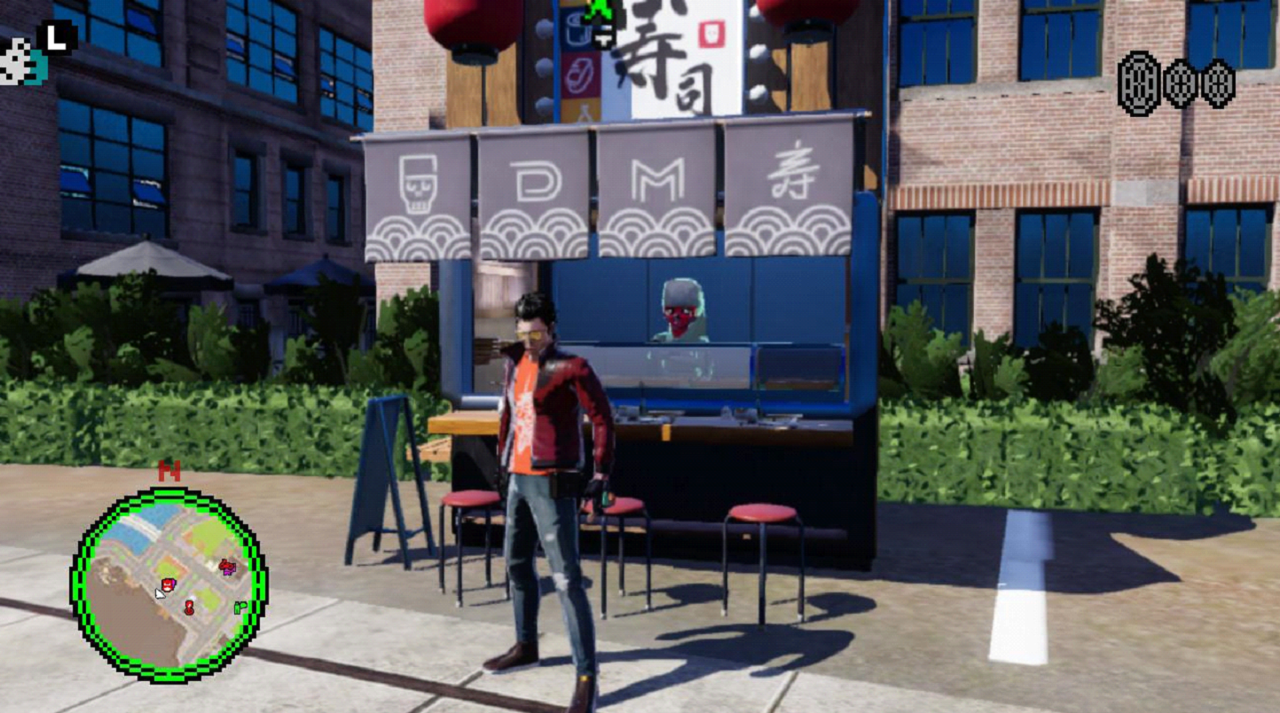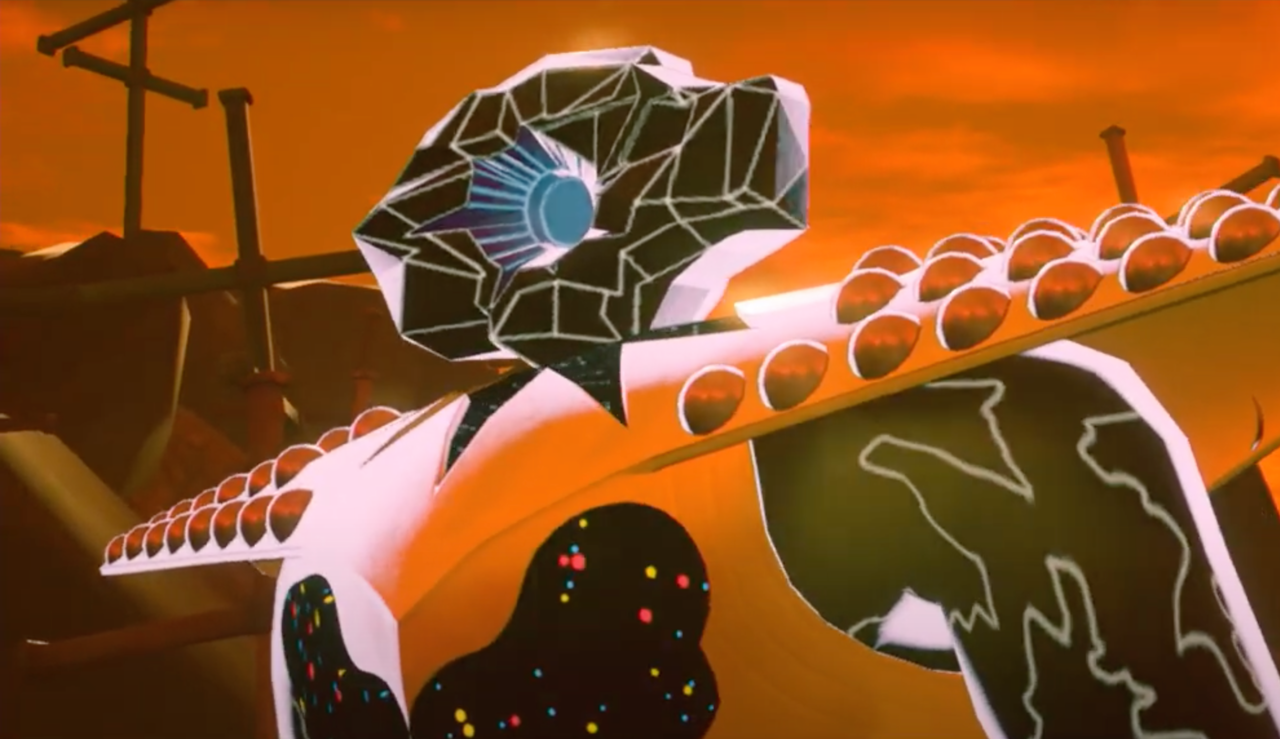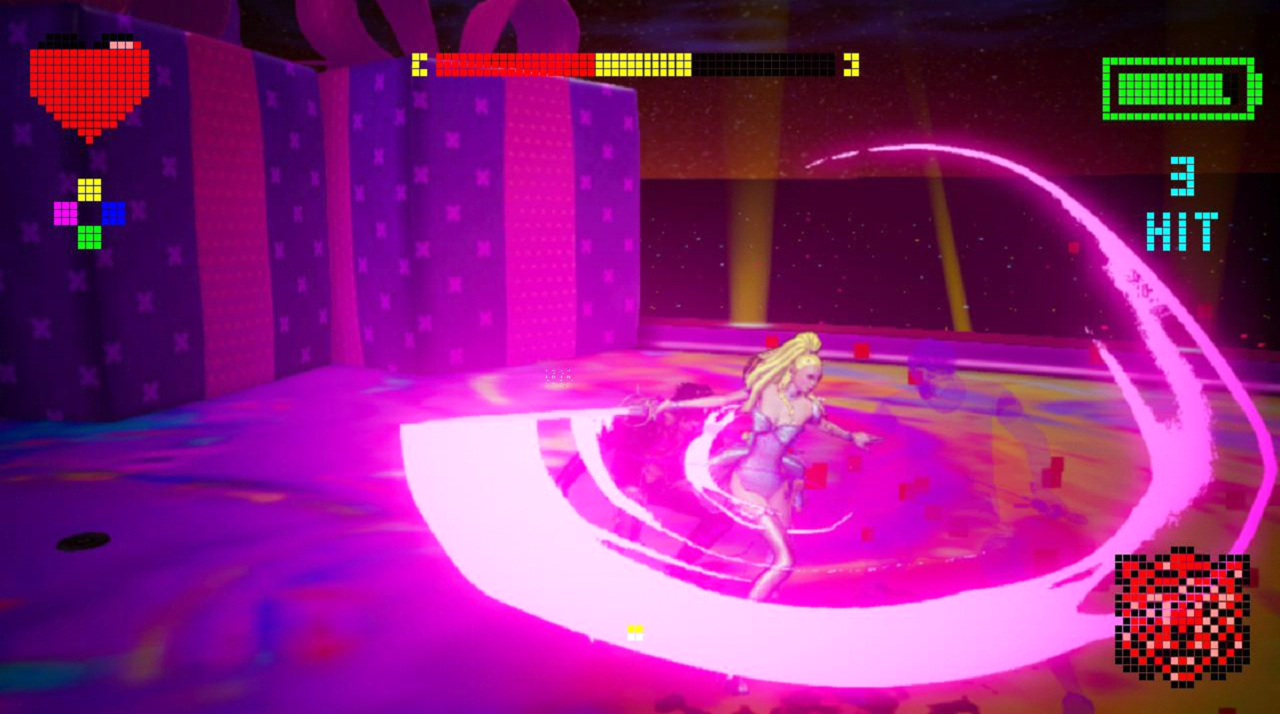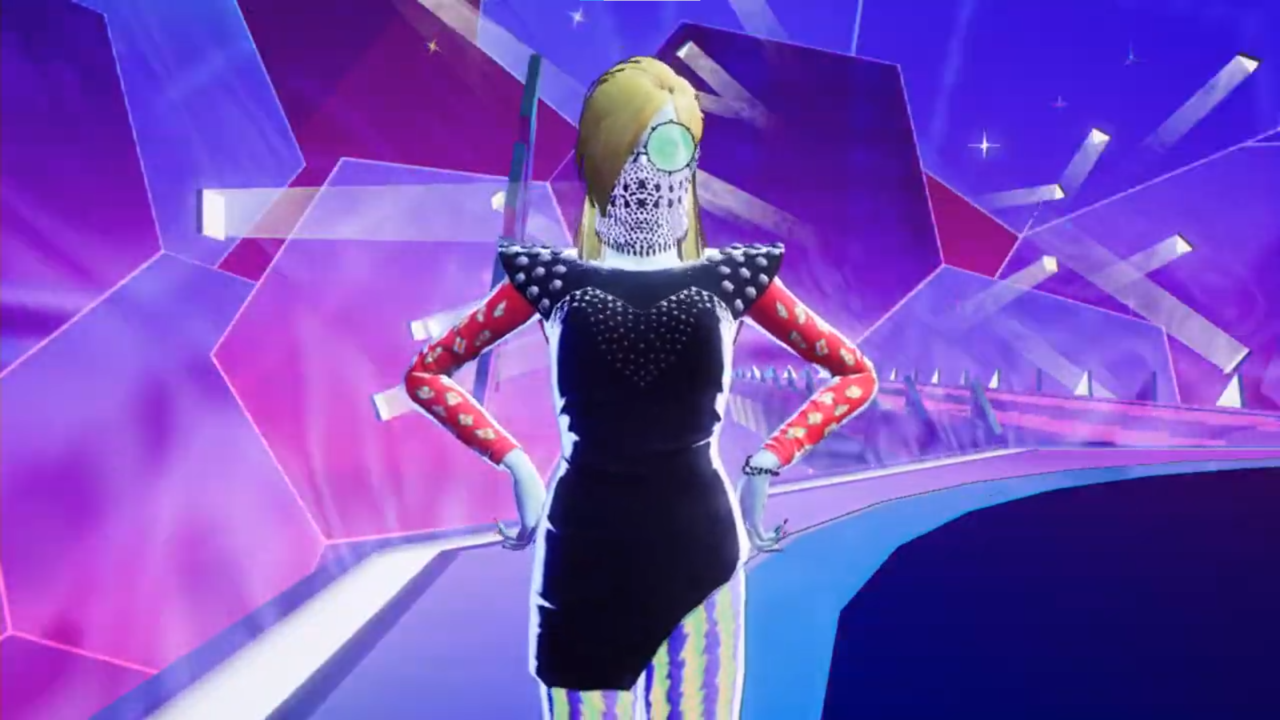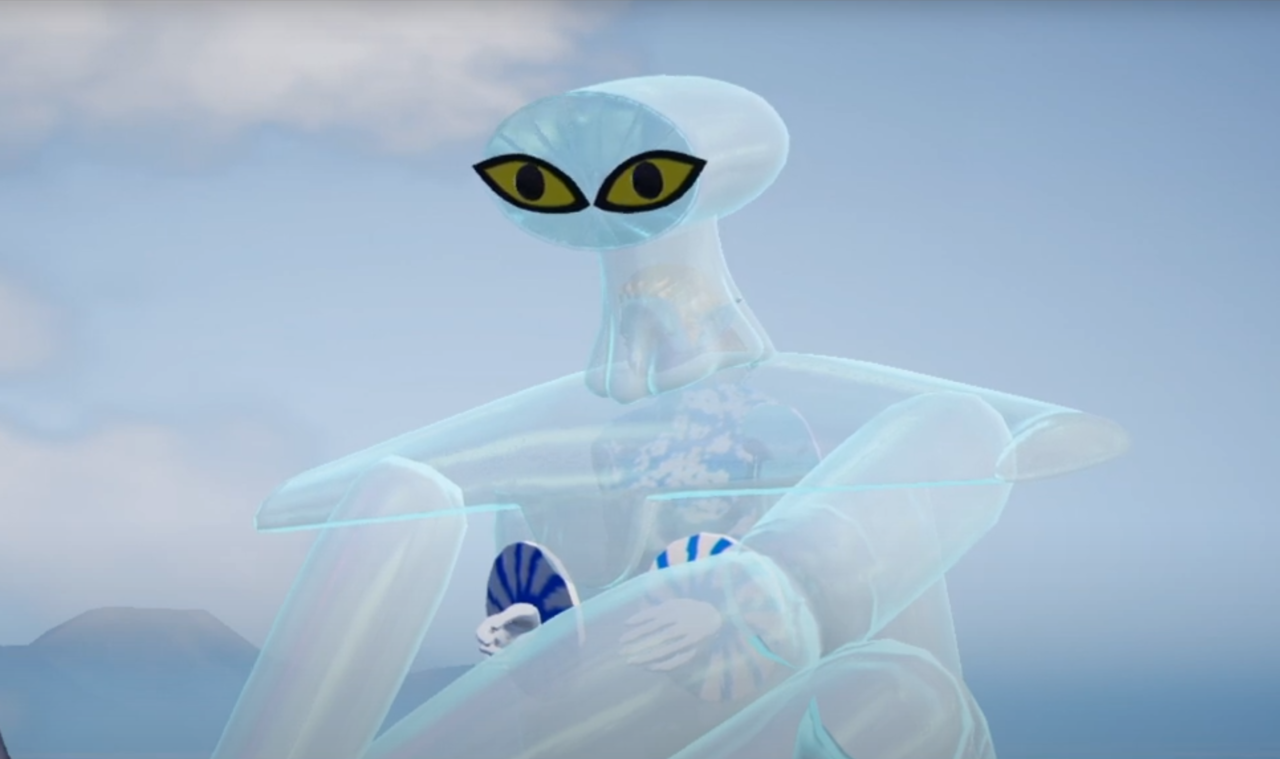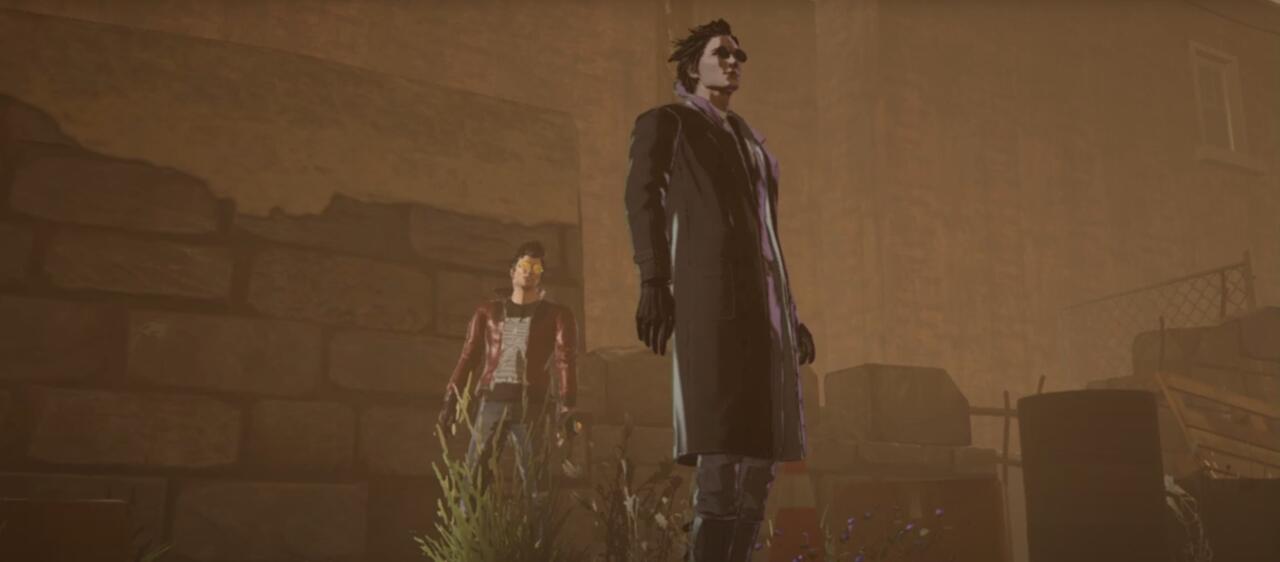Mick Garris has witnessed the explosion of genre film firsthand, from his origins answering phones at Lucasfilm to shooting making-of featurettes for some of the most iconic movies of the ‘80s. As a director, Garris is best known for his work with Stephen King, helming a series of made-for-TV adaptations of the author’s most iconic stories. Today, Garris may be most familiar to horror fans as the host of Post Mortem, the long-running podcast featuring interviews with the horror legends he’s befriended during his four decades in Hollywood.
“I’m the little out-of-focus guy in the back corner of a picture of a bunch of famous people,” Garris tells IGN.
Garris himself is the first to admit that his work has flown somewhat under the radar compared to his contemporaries, and his new biography Master of Horror, by Abbie Bernstein from ATB Publishing, traces a career that is just as remarkable for the things he’s seen as much as the things he’s done. We recently chatted with Garris to discuss his long-ranging career, from his early days as a Lucasfilm receptionist to horror writer-director to podcast host and elder statesmen of the genre.
Mick Garris’ entry into the movie business is, on the surface, somewhat stereotypical: kicking around LA working odd jobs until landing a gig as a studio receptionist. Only in this case, the studio was Lucasfilm, and his first day of work was in the summer of 1977, mere months after the release of Star Wars.
“To be in the middle of this phenomenon, the biggest movie in the history of cinema all around the world… My $150-a-week job going ‘Star Wars, may I help you?’ was really great,” he says.
Garris eventually took on additional responsibilities, including a stint as R2-D2’s manager, operating the droid for publicity appearances, parties, and even the 1978 Academy Awards. Beyond its record-shattering box-office returns, Star Wars helped the sci-fi fandom scene explode into the mainstream. Early conventions and enthusiast publications played a massive role in making the film a success, like the legendary 1976 Comic-Con presentation that gave fans their first glimpse into a galaxy far, far away. Garris quickly realised the publicity value of insidery, behind-the-scenes information, and kicked off the next phase of his career.
“I would hire myself to do these making-of documentaries,” says Garris. “Being able to do the documentary on the making of The Goonies and Gremlins and The Fog and Escape From New York and Videodrome, you know, working with all of these people I considered gods who became friends and cohorts.”
Garris was a fly on the wall of some of the most legendary sets of the ‘80s, creating low-key, intimate, and earnest documentaries that paved the way for countless hours of DVD special features.
“It was a way for me to teach myself how to make a narrative structure out of a bunch of pieces of film, so it was kind of the film school that I could never afford,” he explains. “Although the real film school was when I was writing for Amazing Stories. And I would have scripts directed by Marty Scorsese and Bob Zemeckis and Joe Dante, and actually be on the set and watch that take place.”
With Steven Spielberg’s underappreciated anthology series Amazing Stories, Garris began building a repertoire as a writer and director, leading to some of his first feature work on sequels like Critters 2, The Fly II, and Psycho IV, a tried and true method of paying Hollywood dues made all the more important in today’s franchise-driven market.
“Well, I don’t think anybody chooses to do sequels to launch their career, but they are the opportunities that are available at the time,” says Garris. “I’ve been very lucky to have doors open for me like that… These days, sequels make more money than the originals. But back in those days, you’re not going to get the highest end filmmakers to do a sequel to somebody else’s movie, but you will get the up and comers who are struggling to be seen to show what they can do to be able to practice their craft and… become better filmmakers through it.
“I’ve never worked for Marvel. I’ve never worked for DC. And it’s unlikely that I ever will. Yeah, they are a machine, but they also are looking for people who can instill some personality into the corporate machine… So the opportunities are greater because the franchise model exists today. You get the original filmmakers doing the sequence, or… you get Alfonso Cuaron doing Harry Potter 3… You get really terrific filmmakers who aren’t just in their formative years.”
Between directing duties, Garris kept writing throughout the ’80s, including a few family films that one might not expect from a “master of horror,” like *batteries not included, Disney Channel mainstay Fuzzbucket, and Hocus Pocus, which he wrote nine whole years before its 1993 release.
“It started with the producer David Kirschner,” recalls Garris. “It was his idea. He had produced An American Tail for Amblin and Spielberg, and he found out about me because of my work on Amazing Stories and then writing *batteries not included. They had hired another 11 writers after me, before it came back eight years later when they offered it to Bette Midler and she said, ‘Yes’ That’s what got the wheels turning.
“I always knew I was making it for Disney, so it was always family friendly, but it was definitely darker. It was not nearly so slapstick-ey… Billy Butcherson still lost his head, but it wasn’t in such a wacky and comedic way. They made a choice to go more comedic with it, and obviously it was the right choice. Although back in 1992, when it came out, it did not do particularly well. It took decades for it to become the kind of perennial that it is today.”
While Hocus Pocus didn’t quite make him a household name, Garris soon became forever linked to a far bigger pop cultural phenomenon: powerhouse horror author Stephen King. The two first worked together on Sleepwalkers, a 1992 film billed as the first King story made explicitly for the screen.
“I didn’t meet Stephen King until after I already got the job,” says Garris. “I never met him until the day we shot his scene where he and Clive Barker and Tobe Hooper are in that sequence in the graveyard together. But we talked on the phone a lot. The original director that they’d hired temporarily to do the movie had a vision of his own that did not match Stephen King. And if you’re making a Stephen King movie, you want to put Stephen King’s name in the title, and if you’re completely reworking his original screenplay in a way that does not make him happy, you’re not going to get Stephen King’s name in the title or his cooperation. And I was a dyed-in-the-wool Stephen King fan from the time I first read The Shining… When he asked me to do The Stand, because he was so enthusiastic about what we’d done together on Sleepwalkers, over the course of that year-long excursion we became really good friends.”
The Stand, Stephen King’s sprawling 1978 novel about good battling evil amidst a world-shattering plague, was long considered unfilmable. Coming in at over 1,000 pages in the uncut version, with hundreds of speaking roles and a story that spans the entire country, translating The Stand to the screen was a daunting task for Garris and King, who adapted his own novel for the 1994 miniseries on ABC.
“By the time I was onboard, he’d already written the script and it was great,” he says. “It was one of the best things I’d ever read in my life as a screenplay. And he had not always had the same respect for screenwriting as he did for his fiction writing or his prose writing… Who better to visualize the book in screenplay form than the author of the book? Because his books are so cinematic and he thinks cinematically. He knows and loves movies. So he understands that movies are told from the outside in and books are told from the inside out. And how do you find that narrow space to walk that accomplishes both things?”
With a loaded cast of ’90s luminaries like Gary Sinise, Molly Ringwald, Rob Lowe, Ruby Dee, and Miguel Ferrer, to name but a few, Garris set out to film the massive story. He shot The Stand on a budget of $26 million over six months, across six states, all on gorgeously frugal 16-millimeter film.
“There’s no light at the end of the tunnel,” says Garris. “There’s not even a tunnel yet when you start, but you have to put your faith in your post-production or your pre-production and the script. You have to trust the script. It’s gotta be ready before you start something that big, because it is a giant house of cards… I’ve never worked that hard again, but it has been done. The remake of The Stand costs four times as much as our Stand and they didn’t move much. I think they did it all in British Columbia, all near Vancouver. So something on the scale that we did, well, television’s a lot bigger now than it was when I was doing it.”
Television is both bigger and smaller than it was in 1994. When The Stand premiered on ABC, it was an unprecedented hit, with viewership numbering in the tens of millions for each of the four episodes. Today, the same network’s highest-rated show, Grey’s Anatomy, brings in just over five million sets of eyeballs, a staggering glimpse into how the metrics for success have changed.
“It was over 50 million people a night in North America and that can never happen again, because we’re in a universe of not only 500 channels, but all of the streamers as well,” he says.
The success of The Stand paved the way for future Garris/King collaborations, though none would reach the same heights, least of all The Shining. King is famously not a fan of Stanley Kubrick’s ice-cold adaptation of the deeply personal novel of alcoholism and abuse, but his more accurate miniseries was almost destined to fall short of filling such huge shoes. Caught somewhere in the middle is Mick Garris, proud of his accomplishment.
“It was a totally different way of making movies than the guerrilla warfare that we did in shooting The Stand,” explains Garris. “And it was one of the most pleasurable shooting experiences I ever had. It’s the only time in my career that I actually felt like we had sufficient funds to see the vision through that we had, and being able to cast great people and work with those people all the way through, for 72 shooting days, all in Colorado was pretty amazing. It was so confined and contained that I could really put even more thought every day into how to polish it even more, and how to take a frightening scene, like my wife coming out of the bathtub and attacking the young boy… [and] orchestrate it and really take our time and build tension and suspense in a very specific way.”
Garris worked on more King adaptations after The Shining, helming Riding the Bullet, Desperation, and Bag of Bones, and co-writing Michael Jackson’s Ghosts, not to be confused with Thriller, in which Garris and his wife merely appeared as zombie extras courtesy of close friend Rick Baker.
For years Garris was also attached to The Talisman, King’s much-beloved fantasy novel co-written with Peter Straub. The project toiled in development hell for decades and remains there to this day, though the recently-announced Netflix series developed by Stranger Things’ Duffer brothers and old pal Steven Spielberg may yet break the curse. As for Garris, after his work with King he dove even deeper into collaboration, resulting in the Showtime anthology series Masters of Horror in 2005.
Masters of Horror was born three years earlier, at a Sherman Oaks restaurant where Garris had gathered 10 of the genre’s greatest luminaries for a bite and a chat. On the guest list were Halloween’s John Carpenter, The Texas Chainsaw Massacre’s Tobe Hooper, Phantasm’s Don Coscarelli, Hellboy’s Guillermo del Toro, Gremlins’ Joe Dante, and An American Werewolf in London’s John Landis, among others. The gruesome group met regularly, forming the impetus for a simple but innovative idea.
“Horror directors don’t work together unless they do a cameo in a movie… but we have a similar job, you know?” he says. “It’s just like a bunch of real estate salesmen getting together to have dinner, but it’s not so much talking shop as just, we’re people who have a similar line of work and similar personalities in certain ways, as well as very diverse ones… After a while, we’d start to talk about the frustrations of, you know, John Carpenter not being able to do his own thing in so many years and bitter about Hollywood, and Tobe Hooper never getting a shot to really show what he can do these days and those days. I decided to put it into a format.
“The reason the show was great was because it truly was masters of horror. It was the best people out there practicing in the genre who were available to us… It was such an achievement because I was able to say to all these people, ‘Do what you want. If you can do this in 10 days for $2 million, you have final cut, it’s your movie.’ So they did, and they ran with it. They took the ball and ran with it. And really they respected the opportunity that it gave them because they’d had so much heartbreak. Yeah, we don’t have much time. We don’t have much money, but we have our creative freedom here. And other than Takashi Miike, whose show didn’t get aired because it was so controversial, it still got made, and it still got put out on video and released as a feature in Japan.”
Masters of Horror set the stage for the next phase of Garris’s career as a genre luminary exploring and understanding horror through his interview podcast Post Mortem With Mick Garris.
“I never set out to become any kind of ambassador for horror, but because I can be articulate about what we do and what we love, and to be able to ask questions of people as a filmmaker in a simpatico way where I understand where they’re coming from from practical experience, it makes it special,” he says. “We’re in our fifth year now, which is phenomenal. We’ve done over a hundred interviews, plus the AMA episodes. It’s so much fun and these are great people. And a lot of them I’ve never met before until I’ve interviewed them on the show. And I literally mean this when I say I learned something from every single interview that I do. It’s just exciting because this is a genre where ingenuity is primary. You know, there are no drama festivals. There are no Western festivals. There are no comedy festivals. There are horror film festivals all around the world. And there’s a reason.”
The longstanding and increasingly aggravating debate over whether superhero movies can be considered cinema continues to rage, but such conversations rarely arise around horror. From the Oscars dais to the five-dollar DVD bin, the life blood of cinema runs deep through horror’s veins.
“[Horror] filmmakers were the ones who kind of invented the language of cinema in a lot of ways,” says Garris. “The Cabinet of Dr. Caligari comes to mind, Dreyer’s Vampyr, and of course James Whale and Frankenstein, Bride of Frankenstein. They were inventing… what the language was. But it’s always been a gutter genre too. There is no respect from the critical world, maybe a little more now than there used to be. But most of the time I spent working in the genre, it almost never gets Academy Awards or recognition in that way. And yet it takes a lot more imagination and manipulation of the tools of cinema to make a really good horror movie than it does to make a really good drama, because a really good horror movie has to be a really good drama first. And then layered on top of that are the tools of building suspense and tension and fear, the build and release of surprise and shock are very much a part of it.”
The popularity of horror films has waxed and waned over the last century or so, but no matter how our cultural tastes change or the world around us shifts, scary movies always survive. Today, as Hollywood struggles to recover from a devastating pandemic, one of the few bright spots at the box office is A Quiet Place Part II, not just a horror film but one based on a fresh, entirely original property. We still don’t know what the future holds for movie theaters, but Garris is confident that horror will help lead the recovery.
“First of all, it’s a great shared experience,” says Garris. “Just like comedy, to be in a room with a group of people, the fear as well as the laughter is contagious, and people are always going to want the cinematic experience. Yes, you can watch virtually everything at home if you want to, but there’s nothing like going to a crowded Chinese Theater on Hollywood Boulevard to see A Quiet Place… And I think it’ll always be there. I think the more personal horror is, the more staying power it has. So I don’t know if it’s going to be ghost stories or monsters or zombies. I hope no more zombies. I don’t know specifically what it’s going to be, but it’s always going to be with us and horror will always arise. Like the zombie from the dead.”
Master of Horror by Abbie Bernstein is available now from ATB Publishing. You can also listen to Post Mortem with Mick Garris every week courtesy of the DREAD Podcast Network.


